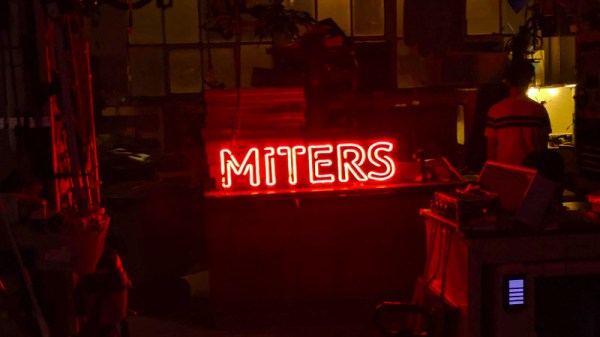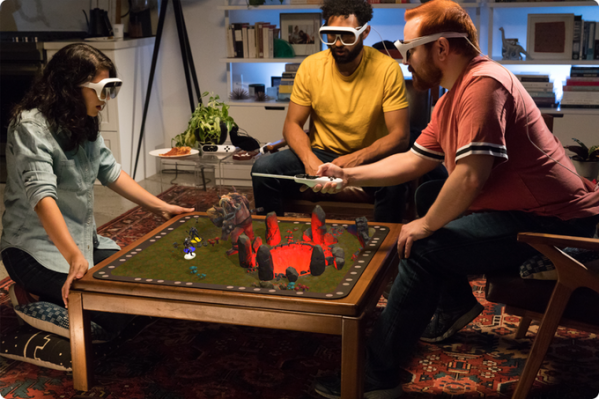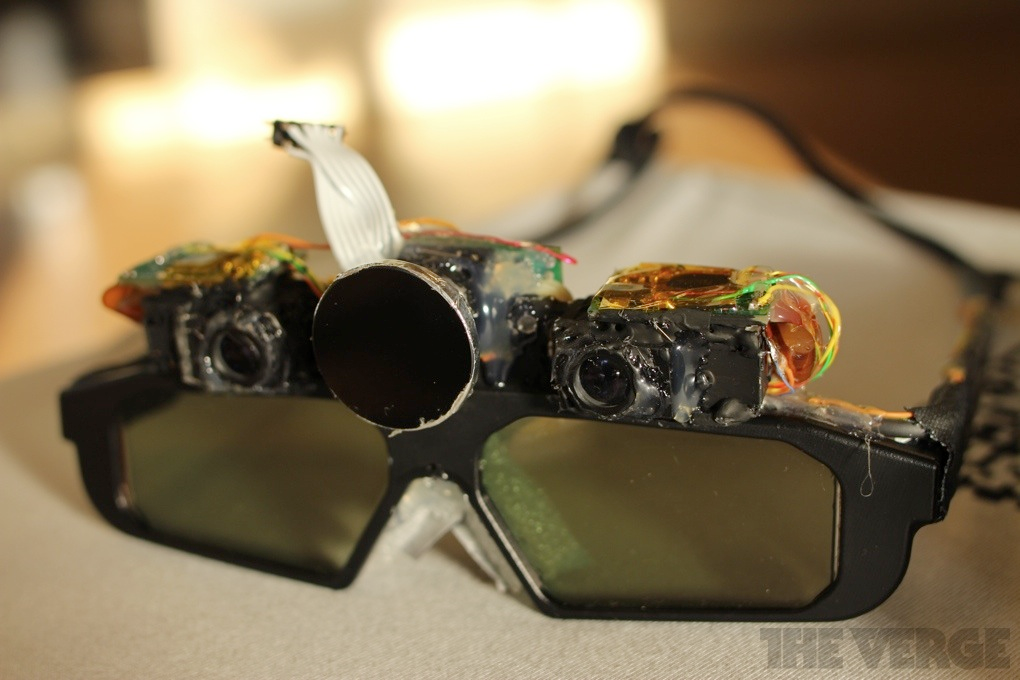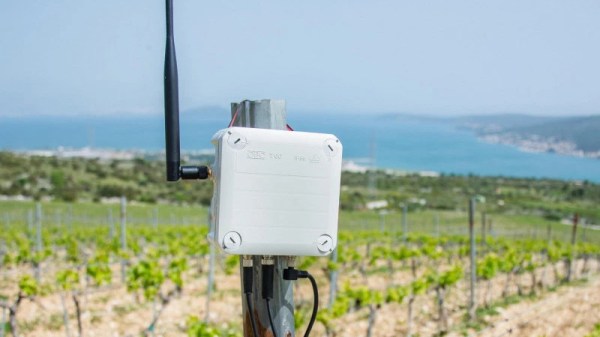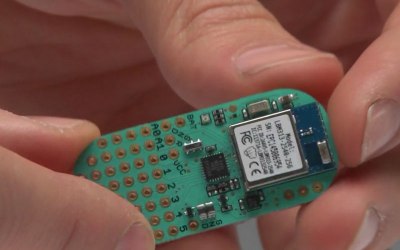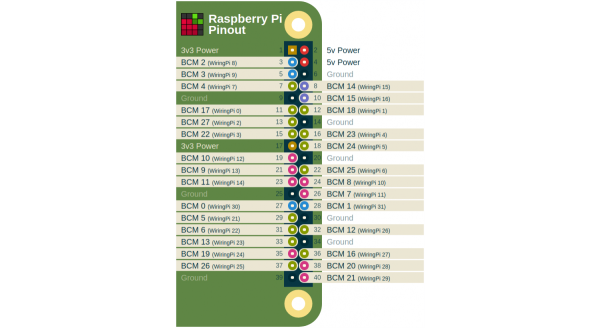After a long hiatus, the MIT Electronic Research Society, better known as MITERS, has released their summer 2019 edition of the MITERS Journal, officially known as Volume 43 Issue 1.
The latest edition features a throwback to the first journal published in 1976, showing that some things just never change:
“What is MITERS? MITERS is the MIT Electronic Research Society, a non-profit, student-run laboratory for MIT’s EE hackers. The Society provides work space, tools, low-cost parts and information to any number of the MIT community. We have a few good ‘scopes, various and sundry pieces of test equipment, a b’zillion power supplies, and Bertha, our beloved PDP-7 computer. (No snickers from the peanut gallery, please. Bertha is very sensitive.) We also have the most incredible plunder-trove on campus.”
– 1976 Journal 1 Number 1
The space remains a member-run project space and maker shop, providing the MIT community with access to tools, knowledge, and room to build projects. Continue reading “Return Of The MITERS Journal”

